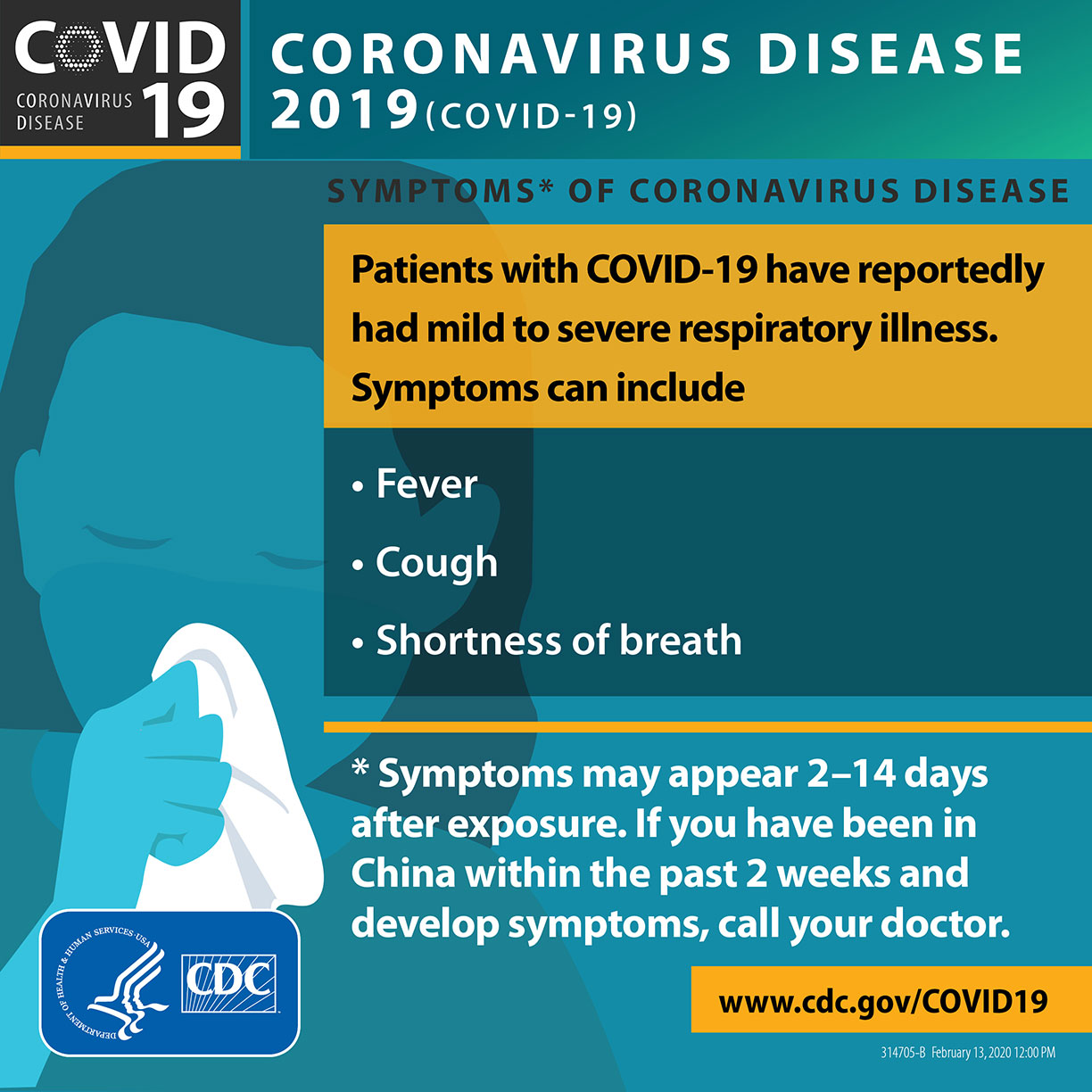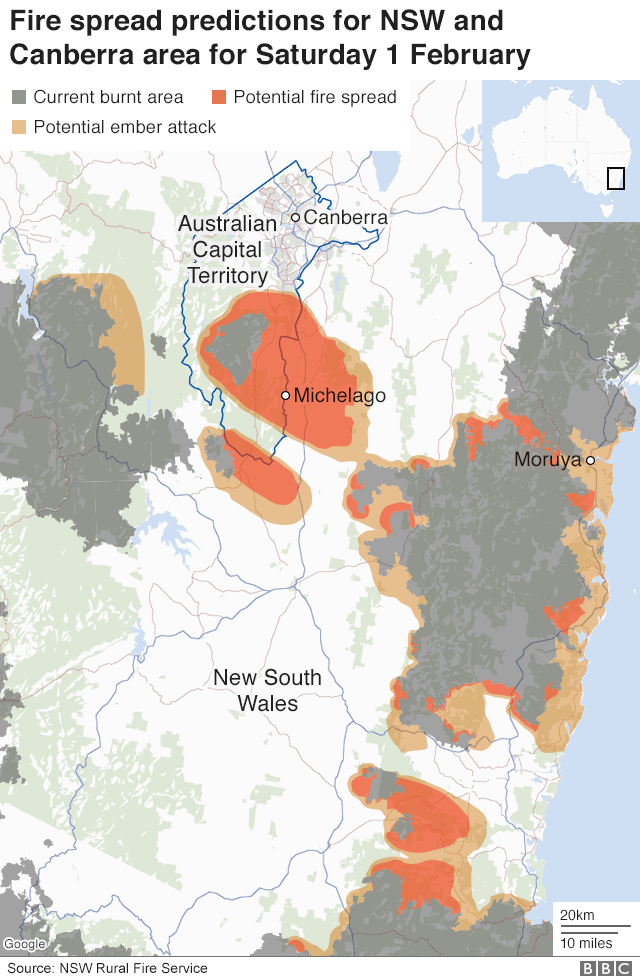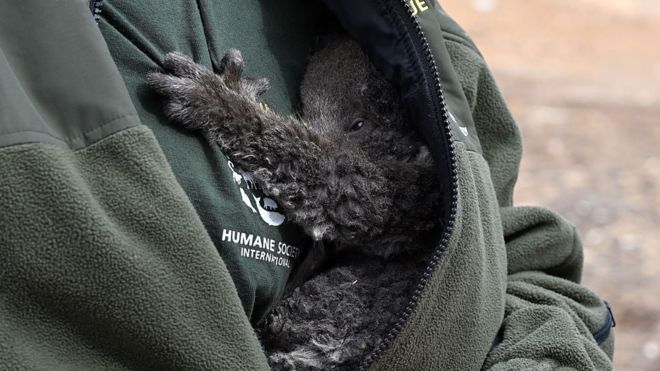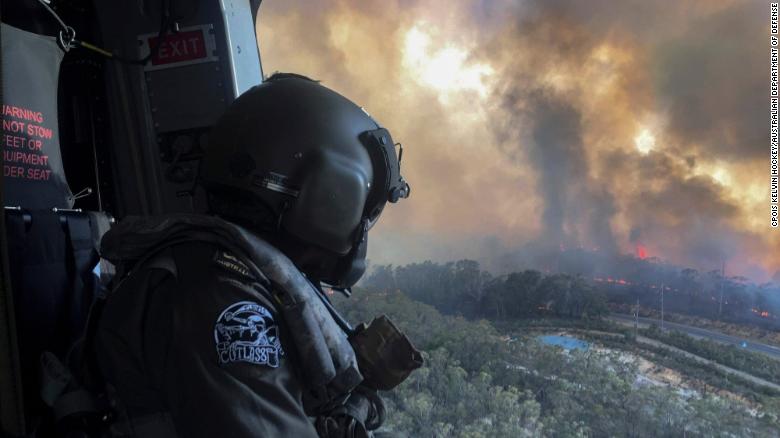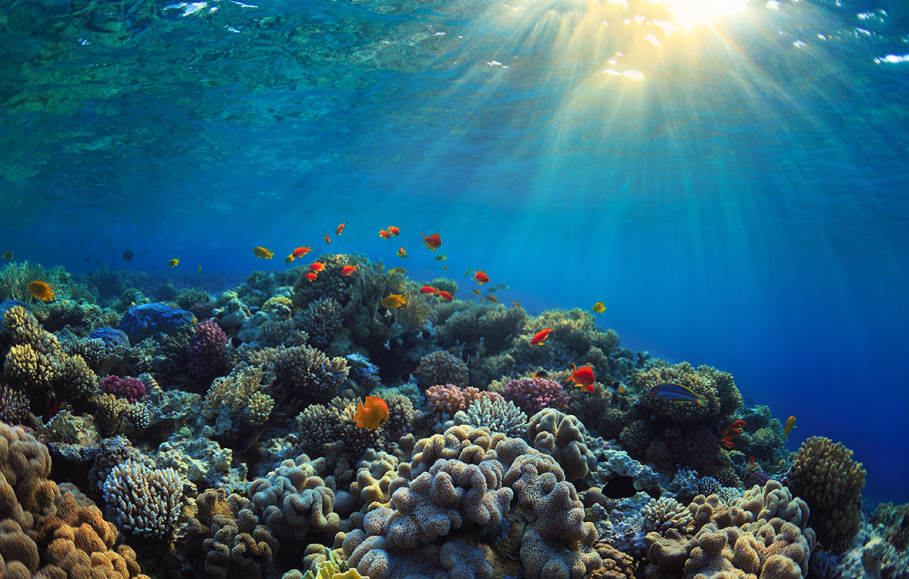The Impact of Urbanization- Aditya Patil
Currently, about half of the worlds population lives in urban areas. In 1800, a mere 2 percent of the world's population lived in urban areas. The cause for this sudden influx of new residents in cities around the globe is part of the term urbanization. Urbanization is the population shift from rural areas to urban areas. This shift has caused many positive and negative side effects.

Land in urban areas are generally used as commercial buildings, transportation, and residence buildings. Due to the massive population living in urban areas, poor air and water quality, insufficient water availability, and waste-disposal problems often are serious issues in this area. Urbanization also decreases biodiversity. As more buildings are needed to provide for the influx of people moving to the city, habitats are destroyed and land is cleared for building. This leads to many animals having no place to live and eventually dying off. These new buildings cause an increase in air pollution in the area. The poor air quality will lead to many humans getting sick as well as contamination of water sources and foods. The compact city will also allow many diseases to spread fast in a short amount of time.

When I visit India with my family, I witness urbanization firsthand all around me. Although the urban area has created many jobs for the forever increasing population of India, there are many side effects. Mumbai, a city in India, is almost always cast under a haze that is created from pollution. There are many forms of transportation and factories that create many negative impacts on the health of residents and ecosystems. Wildlife in India cities is very scarce and this is part of the reason for the poor air quality in India. Furthermore, Urbanization is still occurring in India at an even faster rate! It took nearly 40 years for India’s urban population to rise by nearly 230 million; it will take only half of that time to add the next 250 million. This means that unless India finds a way to deal with their issue of urbanization in a timely manner, they could have a major economic crisis on their hands.

However, some say that urbanization has more positive impacts than negative on a location. Urbanization is shown to bring a higher productivity rate than those in rural locations. Urban areas have been shown to use less energy per person due to the mass transit systems located in most major cities. Urban life is also associated with high population density resulting in more people walking or bicycling as transit rather than using motorized vehicles that will negatively impact the environment. Finally, the higher standard of living associated with urbanization provides people with better food, education, housing, and health care.
Questions
- Do you believe that urbanization has more positive or negative impacts?
- Have you experienced the positive or negative impacts of urbanization first hand?
- What is a solution to an issue related to urbanization?
Sources
- https://richmondvale.org/en/blog/6-major-effects-of-urbanization-that-will-make-you-think
- https://www.mckinsey.com/featured-insights/urbanization/indias-urbanization-a-closer-look
- https://www.asiapathways-adbi.org/2012/12/urbanization-can-be-good-for-the-environment/











